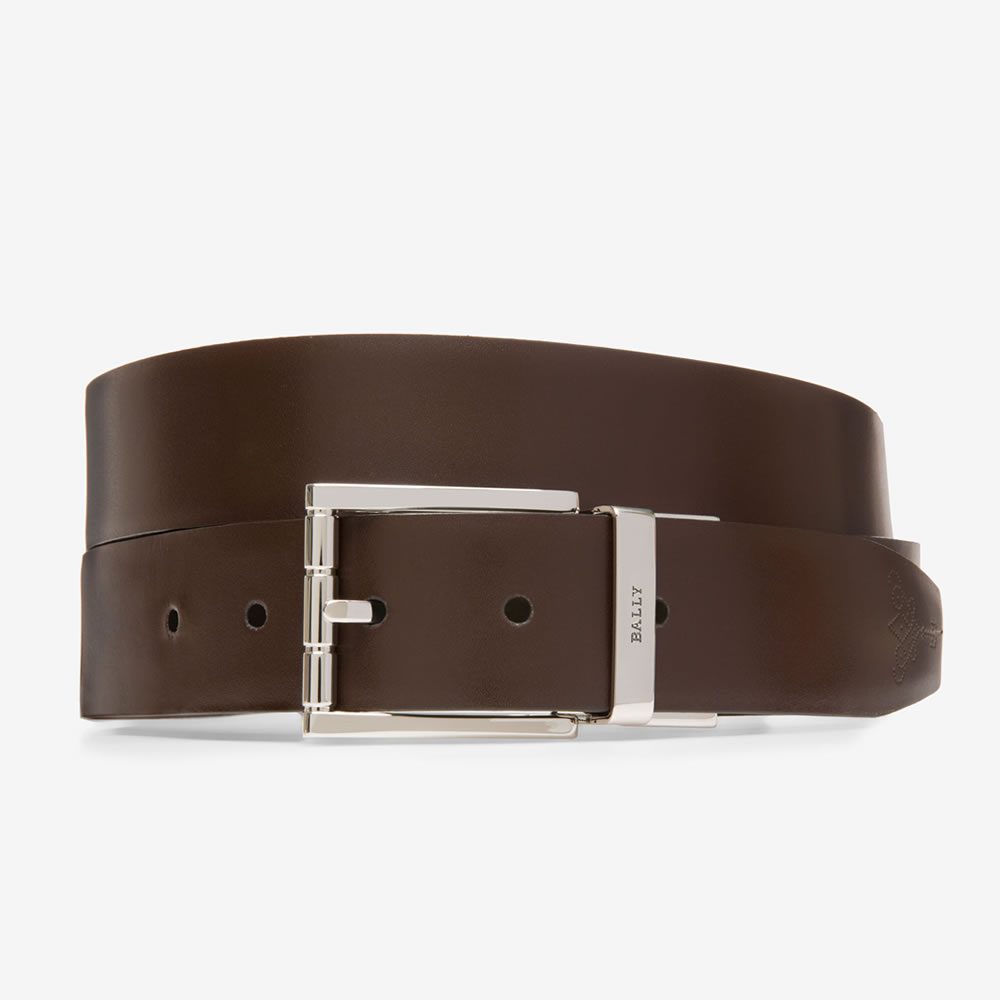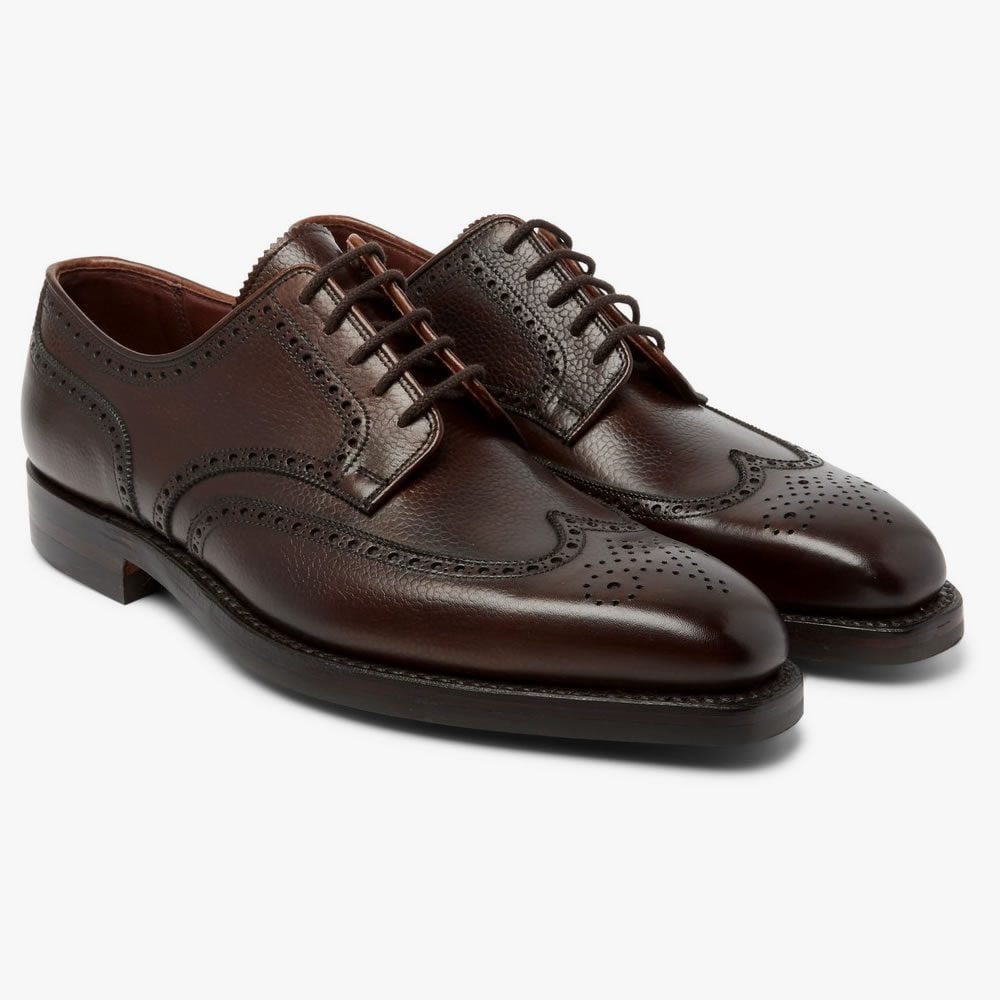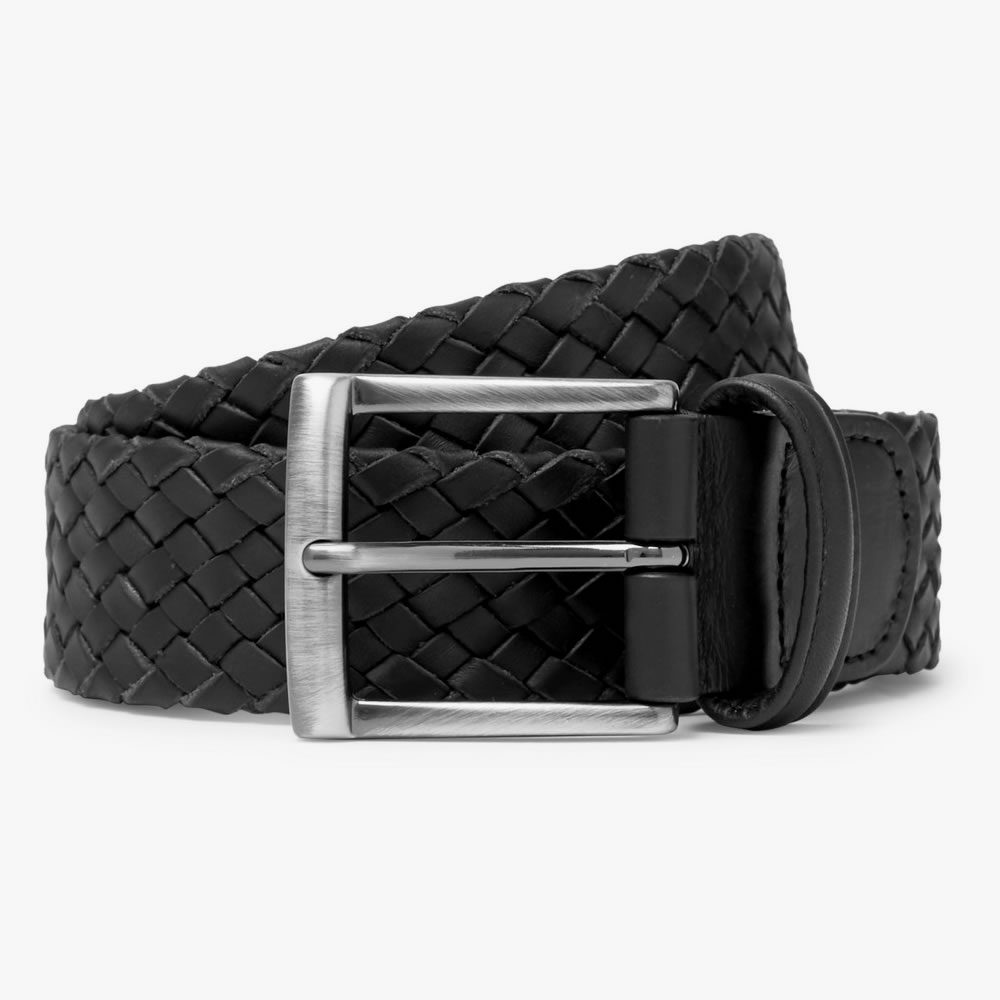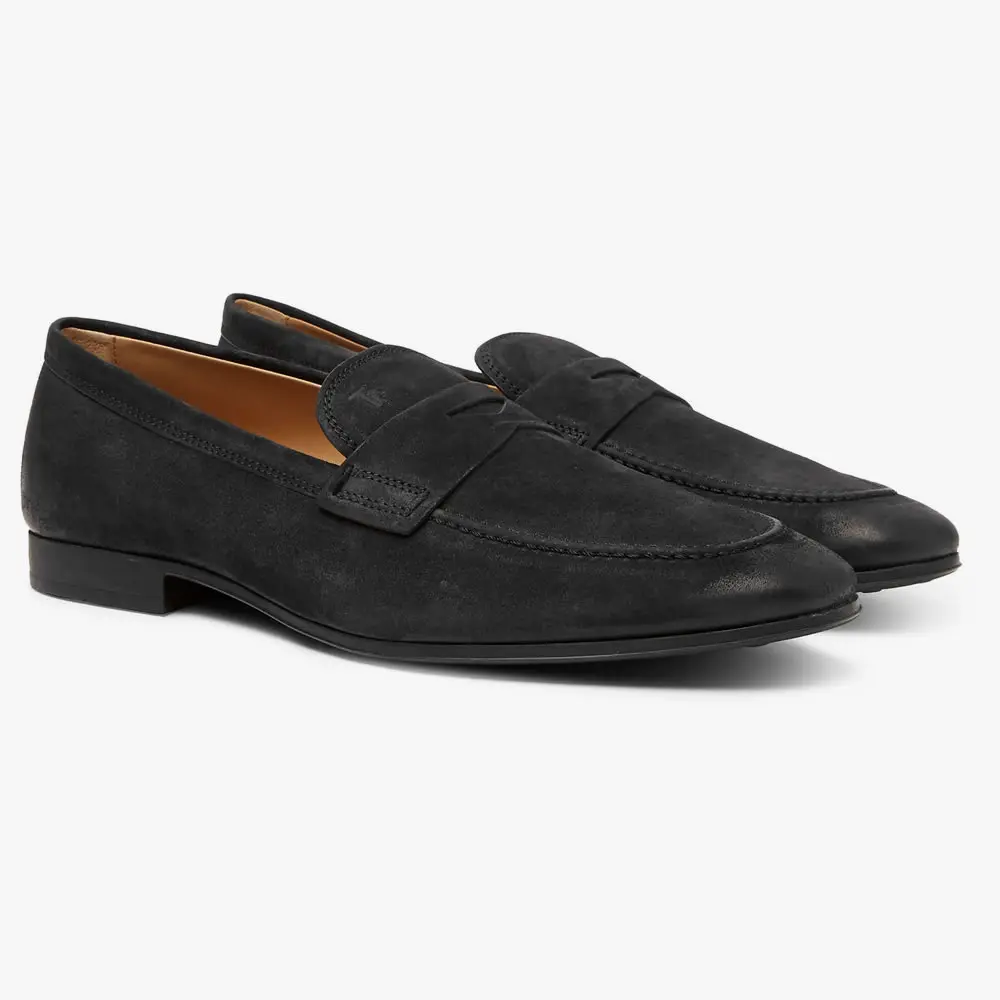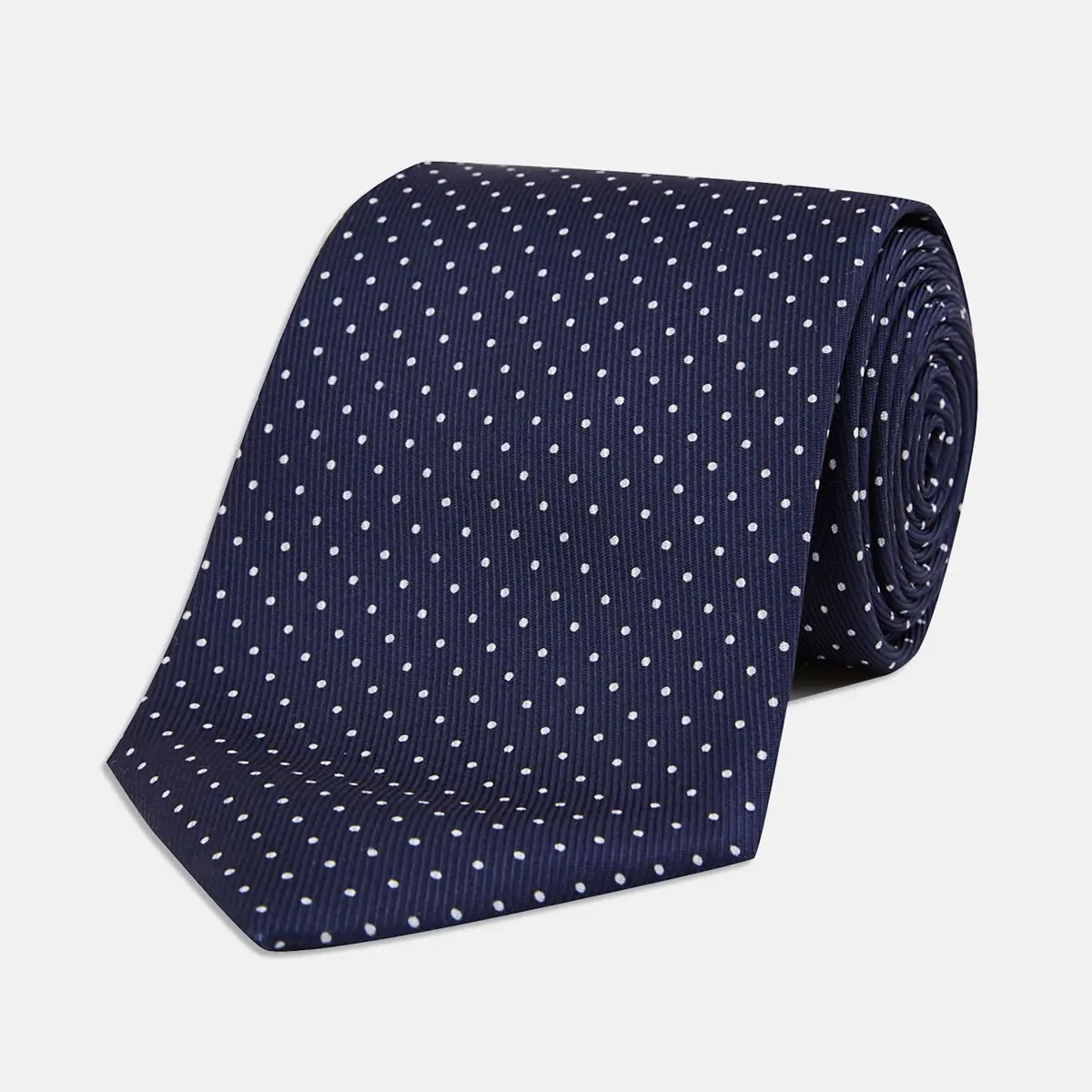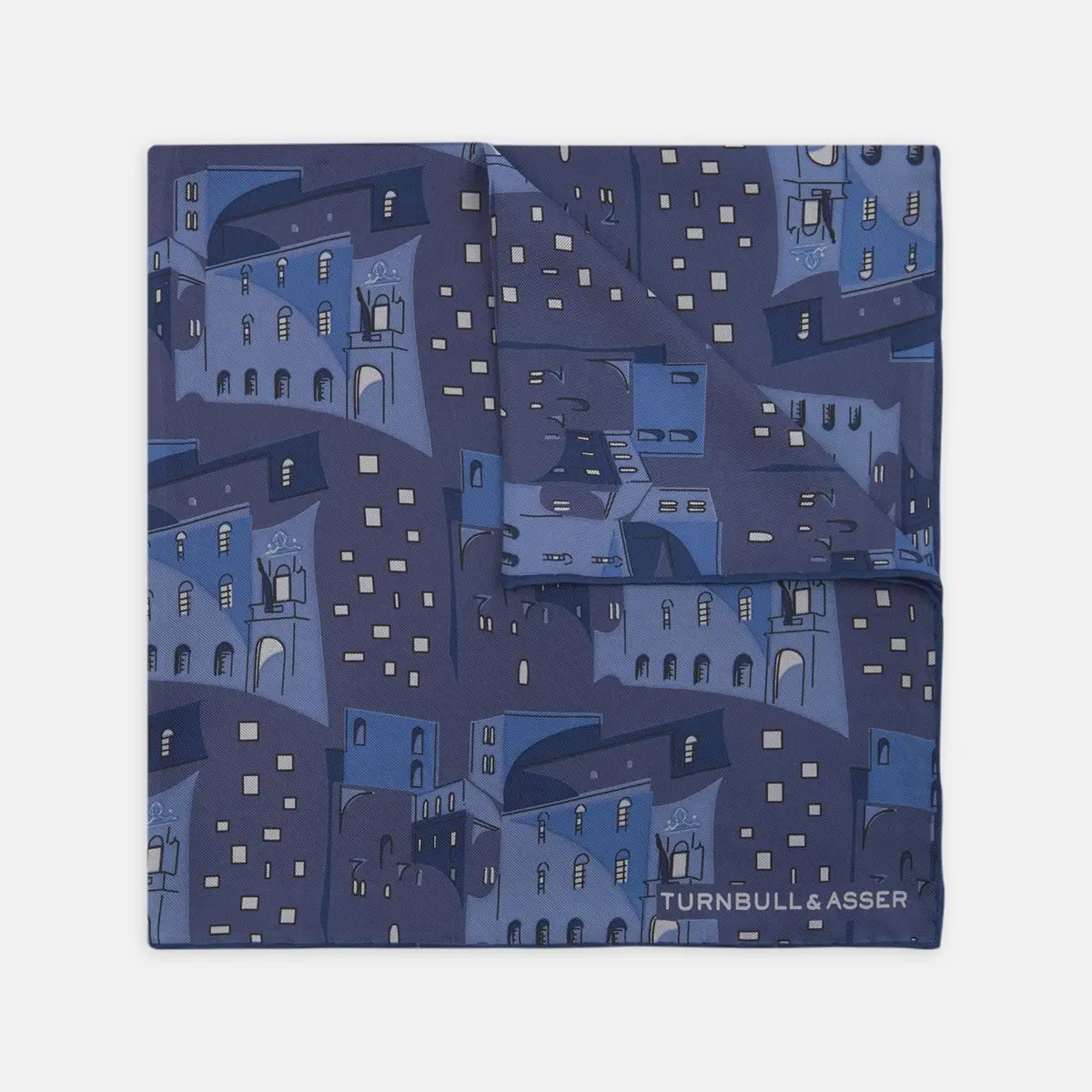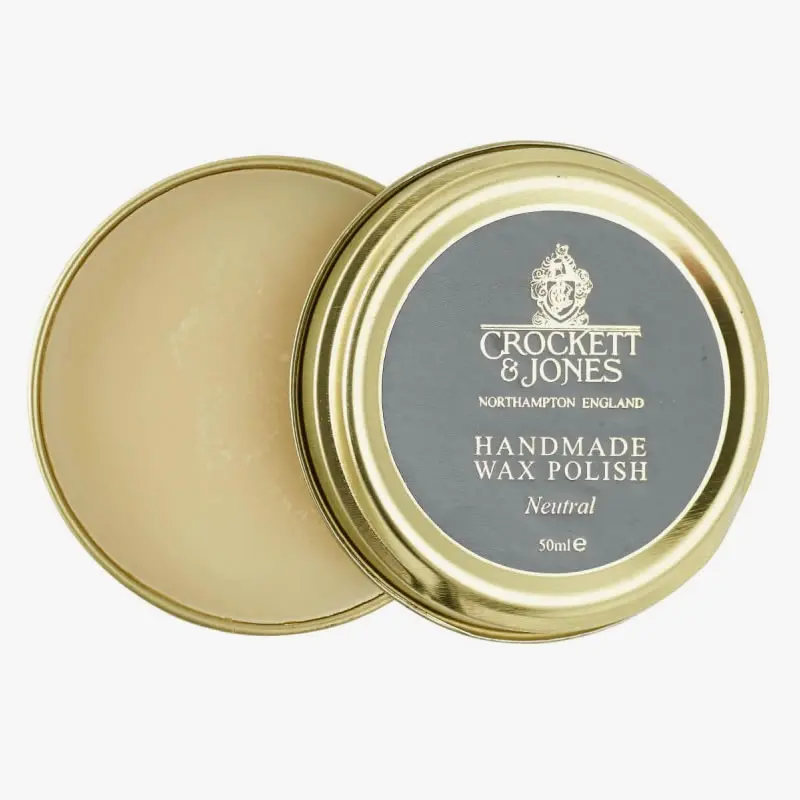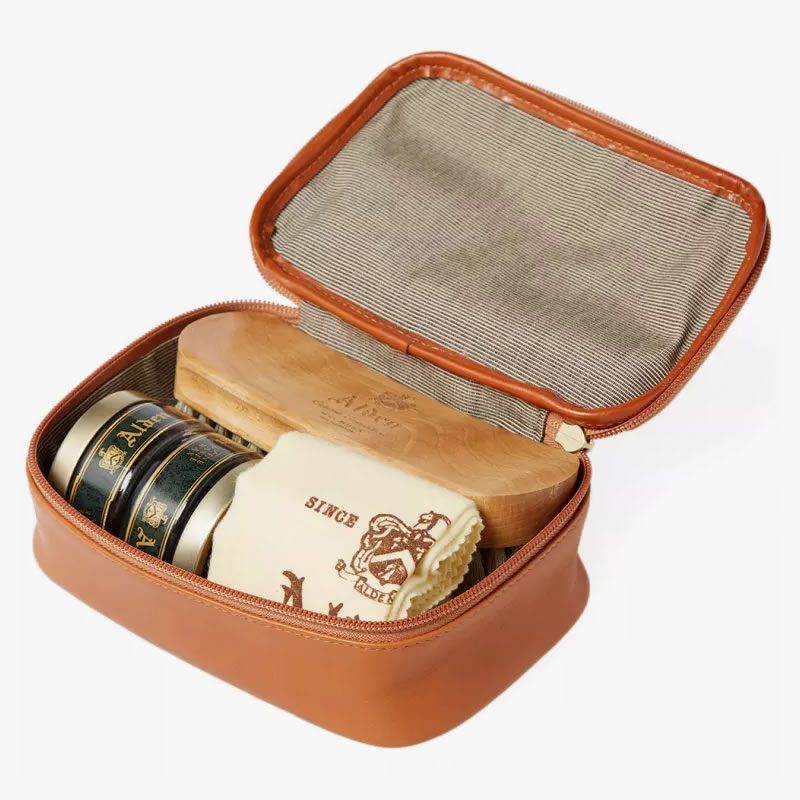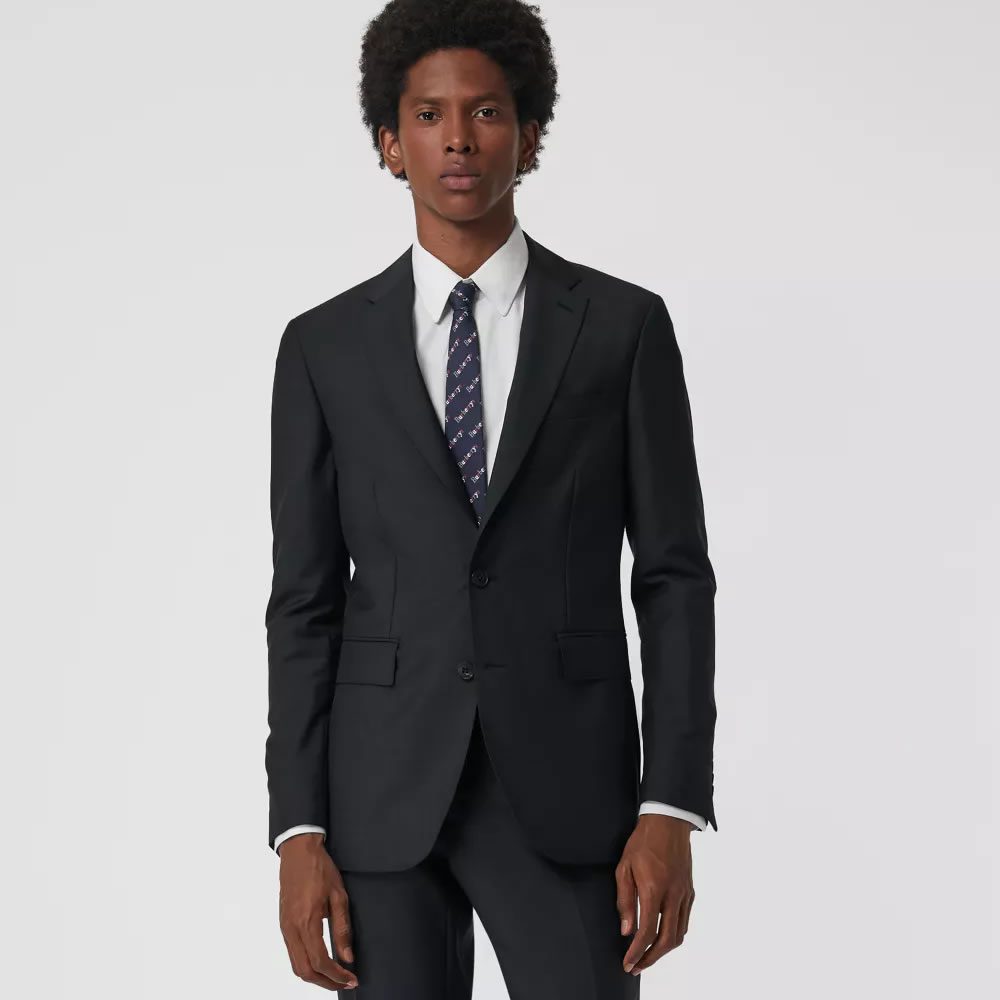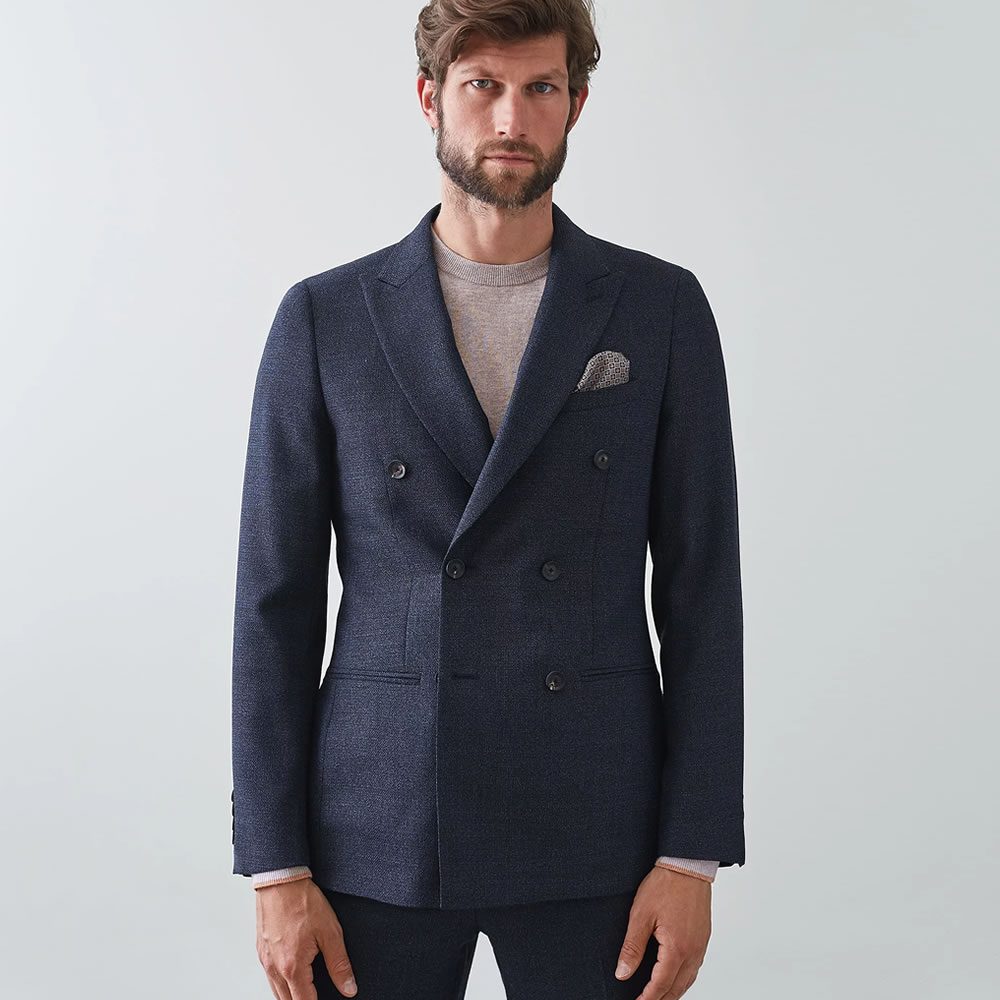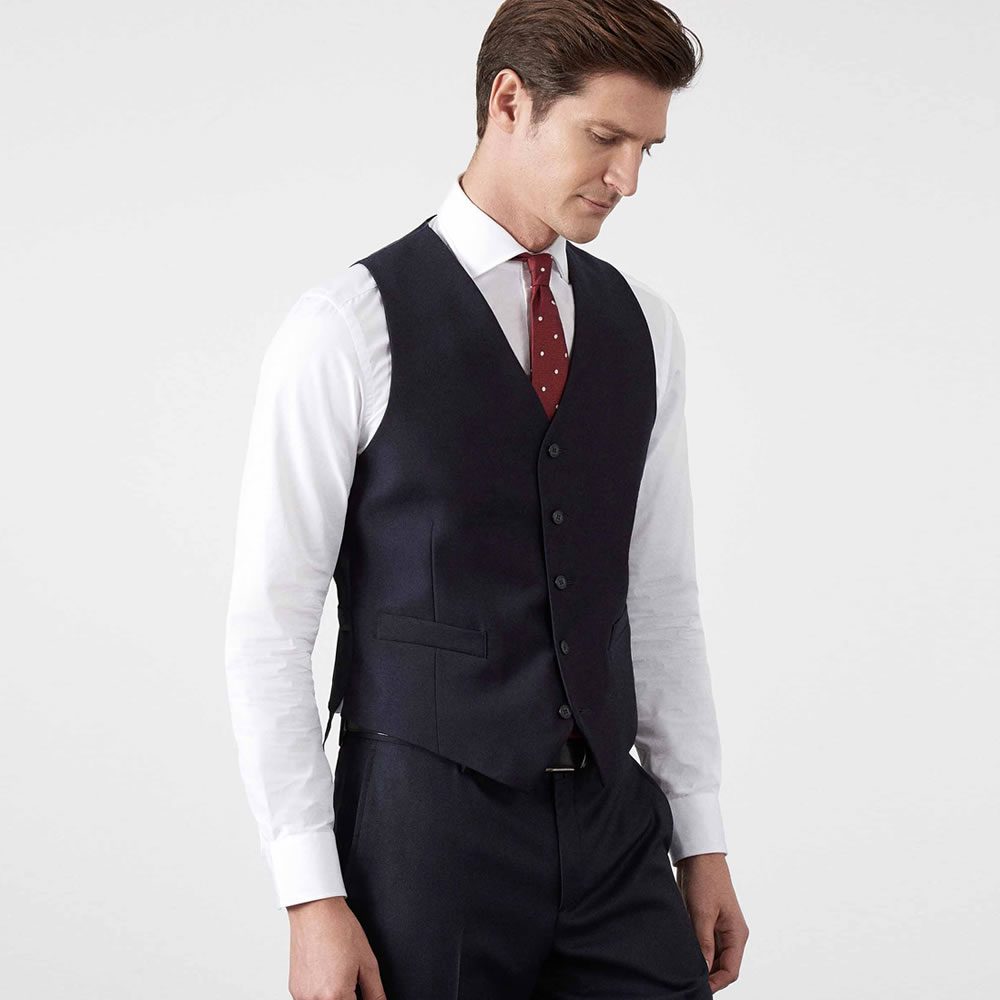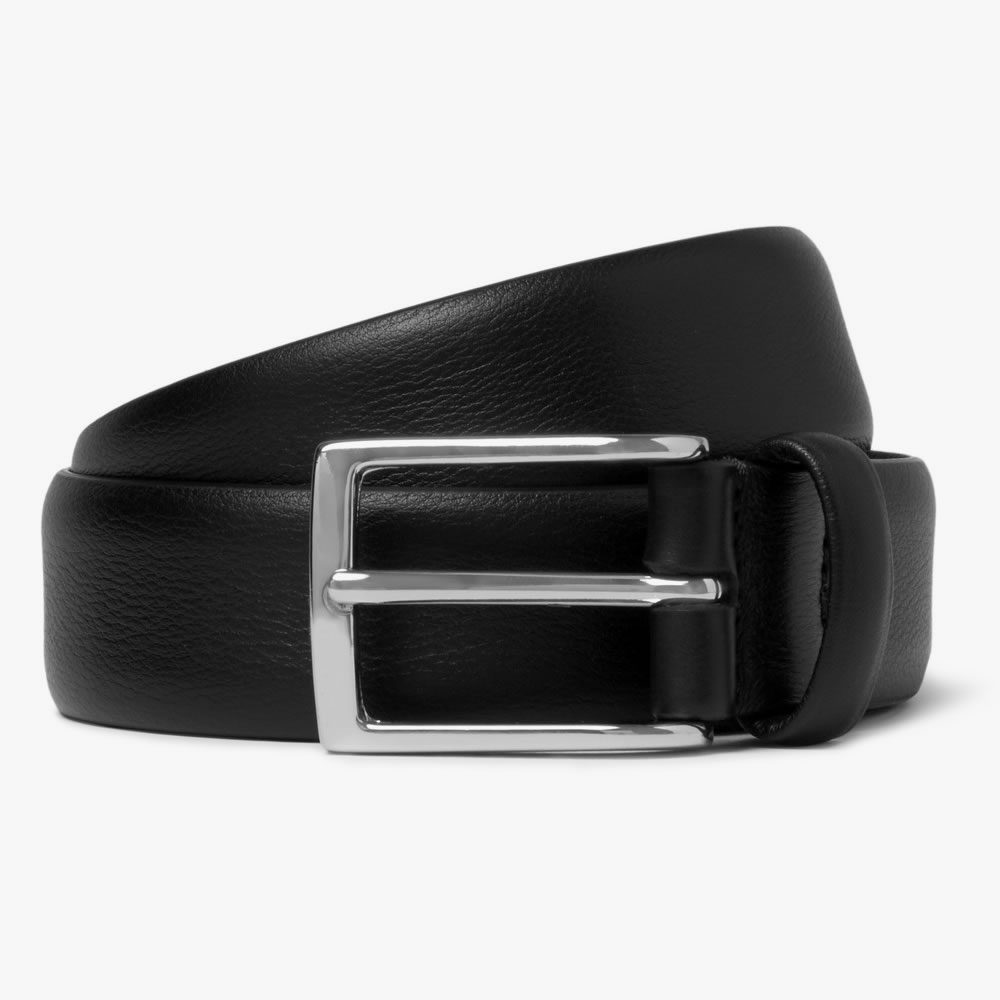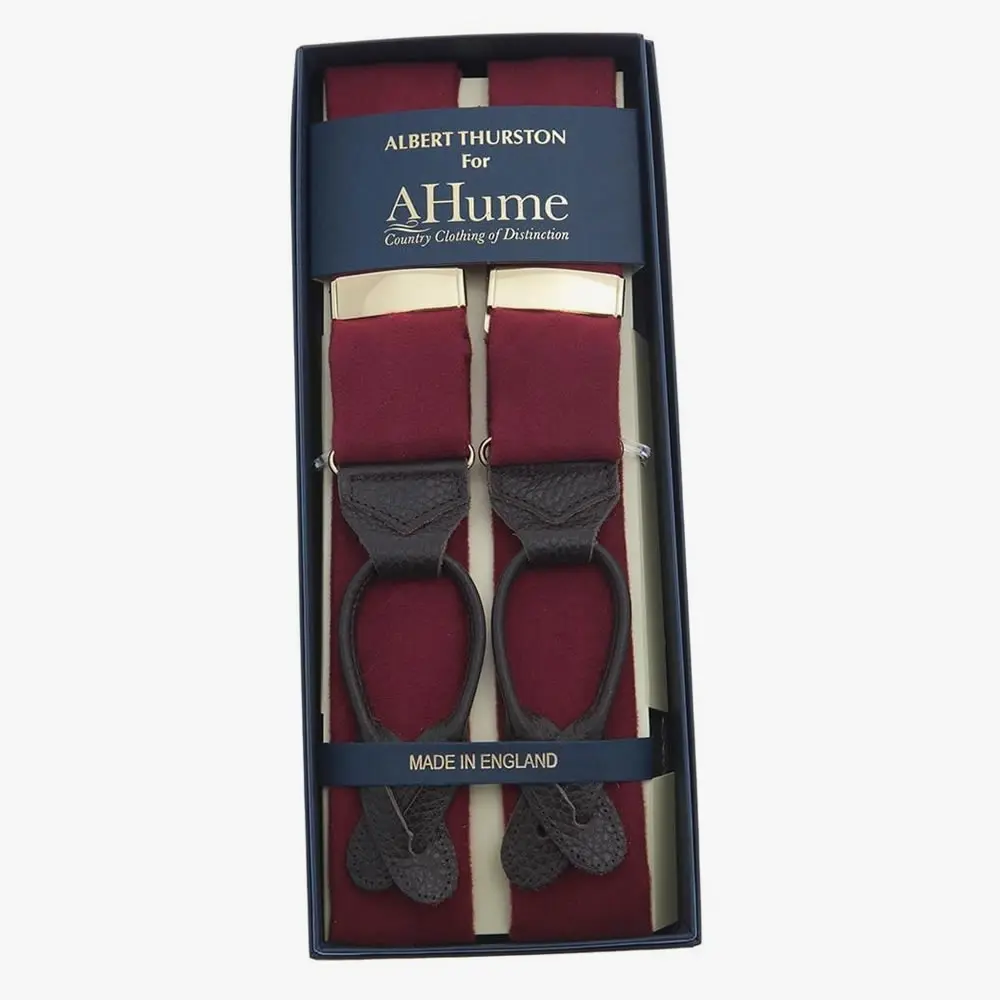5 Time-Tested Style Rules No Man Should Break
A Brooks Brothers executive once said in the 1950s: “If we were thoroughly conservative, we’d be dead.” He was referring to the need to rebel once in a while for the greater sartorial good. However, although we’re now able to pair suits with sneakers, wear brown “in town” and even sport (tailored) joggers outside of the house without anyone batting an eyelid, there are some men’s style rules set by our forefathers which have stood the test of time. Here are five you should never, ever break.
Let’s Match
It’s a question that continues to stump modern men: should my belt match my shoes? The simple answer is: yes. If you want to create outfits that appear coordinated and well put together, you need to match your leathers. After all, you don’t want your accessories fighting each other for attention.
That said, it’s a balancing act – at the other end of the scale, going too matchy-matchy can appear contrived and even come across a bit try-hard.
How to get it right: You need to consider three things: colour, material and occasion.
First and foremost, ensure your belt and shoes are the same colour, but adjust the shade slightly – dark brown brogues worn with a chocolate-coloured belt, for example. The only exception is black leather, which offers very little variation in tone.
Reversible Chocolate Leather Belt, £250 at BALLY >
George Cleverley Henry Pebble-Grain Leather Wingtip Brogues, £525 at MR PORTER >
Material and occasion are where the majority of men slip up. After all, on paper, a black patent leather belt and black suede loafers should work. However, the belt’s high-shine finish will jar with the matte texture of the shoes, without even considering the fact that the former should be strictly worn with formalwear while the latter leans much more smart casual. A more suitable combination would be a black woven leather belt with said loafers.
Anderson’s 4cm Black Woven Leather Belt, £180 at MRPORTER >
Tod’s Oiled-Suede Loafers, £380 at MR PORTER >
This rule extends beyond your belt and shoes. Watch straps, bags and even leather jackets should also coordinate with everything else you’re wearing. It’s Menswear 101.
Let’s Not Match
Similarly to rule number one, a tie and pocket square should never match exactly. You know what we’re talking about here – those tie and pocket square gift sets you see less informed men sporting at weddings each and every summer.
You’ll receive little to no adulation from your peers or contemporaries for displaying such an apathetic approach to accessorising. An act of complicity like this is what we (snobs) call a zero calorie burner. Show some effort.
How to get it right: A pocket square is, by its nature, a superfluous accessory and should therefore be used to add interest and a point of difference to your ensemble. For a foolproof approach, opt for a tie and pocket square in the same colour family (blues with blues, greens with greens, etc.) but vary the shade and pattern in order to create contrast.
Navy & White Small Spot Silk Tie, £125 at TURNBULL AND ASSER >
Rendezvous Blue Silk Pocket Square, £40 at TURNBULL AND ASSER >
Shoes Make The Man
People notice your shoes before anything else, gentlemen – that’s not a theory, that’s science. Your insouciant “still in my student” phase of life will get you nowhere in the real world. Certainly the business world.
Leather footwear should be clean and polished at all times. Not only will it instantly upgrade your appearance and set the right impression, polishing your shoes increases their lifespan, protecting your investment and saving you money in the long run.
This rule applies to sneakerheads too – dull, dirty white trainers will always make the wearer appear unkempt, no matter whether they cost £50 or £500. Plus, if you’ve spent time and effort copping those new sought-after limited editions, why wouldn’t you want to show them off in all their glory?
How to get it right: A biweekly clean and polish is all your footwear requires if you regularly rotate your shoe collection (and you should). Start by using a shoe brush to remove any loose dirt or debris, adding a bit of water if any stains are particularly stubborn. Once your shoes are dry, apply a generous amount of high-quality polish to your brush and buff all over until there is only a thin layer remaining on the upper. Easy.
Natural Wax Polish, £3 at CROCKETT AND JONES >
Alden Polishing Kit, £129 at END CLOTHING >
All Done Up
Common sense would dictate that if there is a button on something, it is designed to be done up. But, confusingly, this isn’t the case when it comes to your blazer.
Modern suit jackets are cut so that they nip in at the waist and then flare back out at the hips, creating a strong and powerful silhouette that endless hours in the gym cannot even recreate. If you fasten all the buttons on your jacket then the material isn’t able to do this, spoiling the silhouette you and your tailor spent so long crafting.
How to get it right: On a three-button jacket, from the top button down, the advice is “sometimes, always, never” – i.e. the top button is your choice, the second button should always be fastened, and the bottom one always left undone. For a two-button jacket it’s easier: always fasten the top button, never fasten the bottom one. For a one-button jacket you should always fasten the button.
Soho Fit Wool Mohair Suit, £1,390 at BURBERRY >
Lazio Black Plain Tuxedo Jacket, £249 at SUITSUPPLY >
While we’re on the concept of buttoning, you should always leave the bottom button of your waistcoat undone. And as for double-breasted jackets, always leave the bottom right button unfastened, unless it’s the only working button (i.e. a two-button DB).
Vapour Double-Breasted Blazer, £250 at REISS >
Suit Waistcoat, £125 at HACKETT >
But that’s not all. No matter which jacket type you opt for, you should always unfasten every button when sitting down. This allows the jacket to rest naturally either side of your torso, instead of pulling and creating tension at the fastenings, which can cause damage to the stitching and lining. Just make sure you do it back up when you stand.
A Belt & Braces Approach
If you ever get to experience the process of ordering a bespoke suit, you will be asked if you require belt loops. You should also be asked if you’ll need brace buttons on the inside. If you’re an avid belt wearer, then absolutely get belt loops.
However, bear in mind that if you decide to wear braces with it later down the road it will be mightily disorientating for the casual observer. Ever heard of a “belt and braces” approach? It’s a term coined to describe an excessively cautious way of ensuring a particular outcome. In this case, a belt already keeps your trousers up, and braces perform the exact same job, therefore wearing both is overkill. Plus it just looks plain ridiculous.
A triple whammy would see you simultaneously using a belt, braces and side adjusters: an amorphous car wreck of a look, worthy of an immediate eviction and ex-communication from all gentlemen’s clubs up and down the country.
Get it right: Pretty simple, this one. If you opt for braces (never clip-ons, please) then leave the belt at home, and vice versa.
Anderson’s 3cm Black Leather Belt, £90 at MR PORTER >
Albert Thurston Moleskin Braces, £77.50 at A.HUME >

